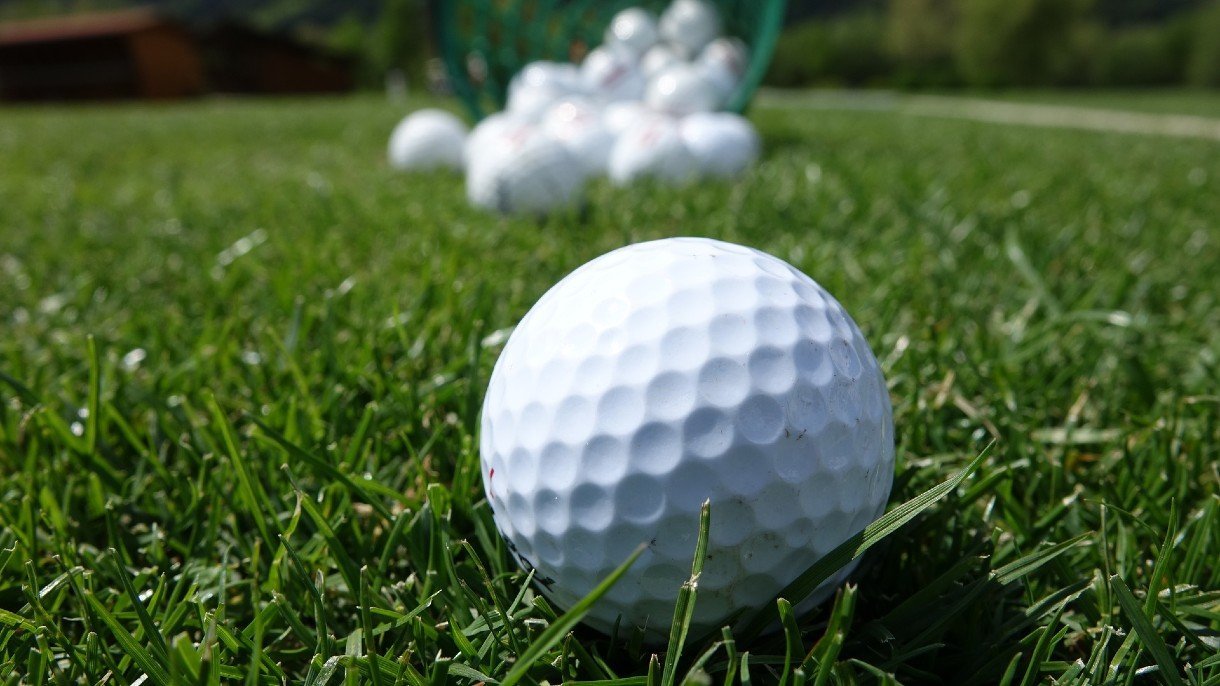What Are Biodegradable Golf Balls Made Of?

Honestly, the world of sustainability has really taken a lot of strides. I mean, we even have biodegradable golf balls now – who would have guessed that this would ever be an option? I know I didn’t.
I first heard about them around 10 years ago and it seems that they’re still going strong, much to my delight.
However, there is always one question people have when they hear of these golf balls – what are they made of? So today I am going to go into the details of just that.
What are biodegradable golf balls made of?
Some biodegradable balls are made of polyvinyl alcohol and corn starch – two non-toxic ingredients that allow them to safely dissolve in water. Others are made of repurposed lobster shells that can dissolve in water and release calcium and other nutrients. Some even have a fish food core with a dissolvable covering
What are traditional golf balls made of?
Golf balls usually have a rubber core and a covering of urethane, plastic, or a thermoplastic resin known as Surlyn. While some have a single layer of covering, others have at least two.
To give you more context here is a rundown of the different types of golf balls out there:
- Single piece: Has one layer of Surlyn with the dimples etched right into it. It is a perfect choice for newbie golfers.
- Two-piece: Just has two layers of plastic covering the rubber core.
- Three-piece: The solid rubber core is covered by liquid rubber before a layer of soft plastic is applied.
- Four-piece: The core is covered by three rubber layers and then a final urethane one.
- Five-piece: The core is covered by four rubber layers and an outer soft urethane one.
Are traditional golf balls bad for the environment?
Since they are made of plastics, traditional golf balls are bad for the environment. First of all, they often get into water bodies and eventually litter the seafloor.
In fact, a few years ago, a teenager named Alex Weber found a layer of golf balls at the seafloor of Pebble Beach.
Upon further research in collaboration with a Stanford University researcher, it was estimated that there are two to five million golf balls at the bottom of Stillwater Cove alone. Since each ball is the equivalent of three plastic bottles or seven plastic grocery bags, it is clear that they are heavily contributing to the ongoing plastic buildup in the oceans.
And to make matters worse, these golf balls’ exteriors break down into tiny plastic particles, contributing to the on-going microplastics problem. On the other hand, the rubber core releases toxic chemicals like benzoyl peroxide and zinc oxide that are harmful to marine life.
Go biodegradable
If you really love both golfing and the environment, it’s time to get some biodegradable golf balls. They are just as effective as their traditional counterparts and are good for the environment.
And to sweeten the pot, they’re not even expensive. No matter how you look at it, this is a win-win situation!
